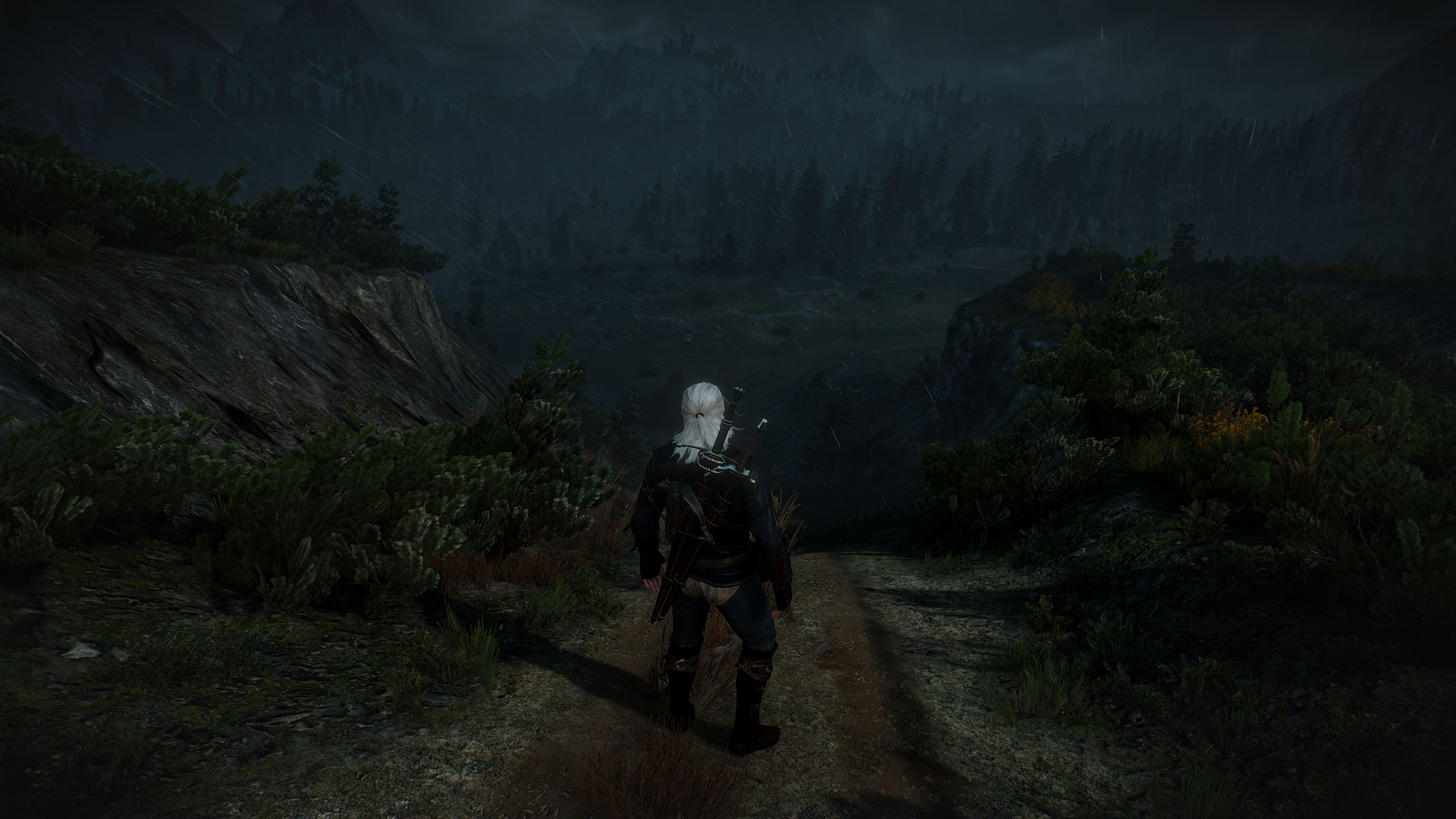Why I love: The Witcher 3's topography
The world existed before Geralt, and it'll be there long after a gryphon finally takes off his head.

The Witcher 3 loves to wade through the murk of its magical Middle Ages. Whether Geralt is trudging the forsaken swamps of Velen or topping up his tan in Toussaint, things are always more grim than they seem. A dash of domestic violence here, an avenging spirit there—The Witcher’s world is complex and muddy.
I’m not interested in emotional grime, however. No, every time I play The Witcher 3 I’m hit by its actual dirt: the mud, rocks, silt and sand that make up the Northern Kingdoms.
Immersion comes in part from CD Projekt Red’s incredible textures and facial rigging, but the real legwork is done by topography. And I don’t mean the awesome mountains of Skellige or the great expanse of Crookback Bog. CDPR’s artistry is in the small details.

Even amid the gentle farmland of White Orchard there’s evidence of geological processes at work. Sheer, sandy banks overhang the river, fringes of grass suggesting ongoing erosion. Where many RPGs would dump a river in a convenient trough in the landscape, The Witcher 3’s ragged, crumbling riverbanks convince me that this stream was flowing eons before Geralt wandered by.
When the heavens open, rain spatters every exposed surface. Decades-old games can simulate rain of course, but as the torrent develops, rivulets start to run down rock faces, explaining how their deep crevices developed. Even throwaway items like a quest-specific frying pan catches raindrops as you hand it to an NPC.
Rocks, clifftops, tree roots and all the imperfections that make nature a pain in the arse each get their time to shine. They never feel like assets studding the landscape for variety’s sake, as boulders often do in Skyrim, for example. They are the landscape, born of imagined natural processes. I like to believe The Witcher’s NPCs considered the lay of the land before building their hovels. Roads, for example, typically take the easiest route up a hill, skirting ridges though a straight route would be quicker.

Attention to topographical detail comes at a cost. Geralt’s movement is often sluggish, and I wonder whether his lack of precision, quite unbefitting a witcher, is a product of the landscape’s complexity. Roach, his faithful steed, certainly sees things I can’t, stalling on hilly terrain like she’s missed a gear change. Thankfully Roach’s initial fear of bridges (gephyrophobia, if you’re wondering) was patched out.
Keep up to date with the most important stories and the best deals, as picked by the PC Gamer team.
Nevertheless, the sensation of controlling a drunk man and his intellectually challenged horse is a price I happily pay to wander a world so muddy, rough and crumbling that it’s just like the real thing.

